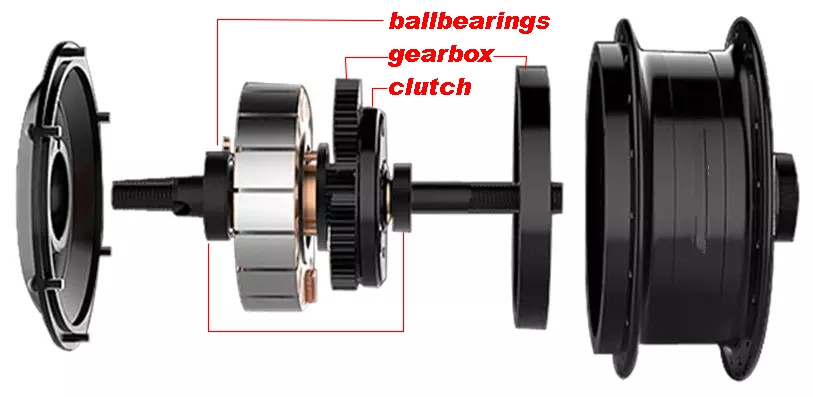Cant get my head round this.
It's obvious how they work if the power comes from the main chainwheel, eg a bottom bracket motor, or just your own legs, the smaller the cog on the derailleur the faster the wheel turns for each rotation of the cog.
But when the motor is on the same wheel /hub as the derailleur cogs, and thus seemingly connected to it, what's going on?
Probably I'm missing something obvious here.
Thanks
It's obvious how they work if the power comes from the main chainwheel, eg a bottom bracket motor, or just your own legs, the smaller the cog on the derailleur the faster the wheel turns for each rotation of the cog.
But when the motor is on the same wheel /hub as the derailleur cogs, and thus seemingly connected to it, what's going on?
Probably I'm missing something obvious here.
Thanks







